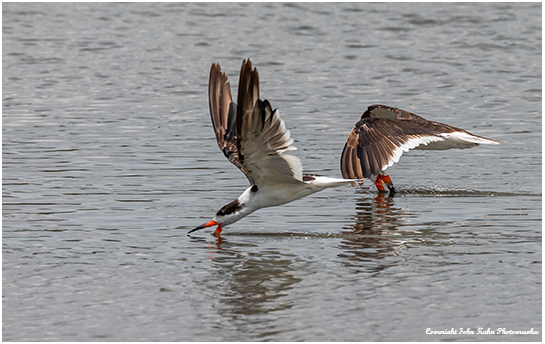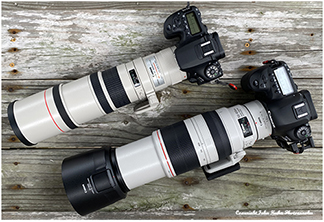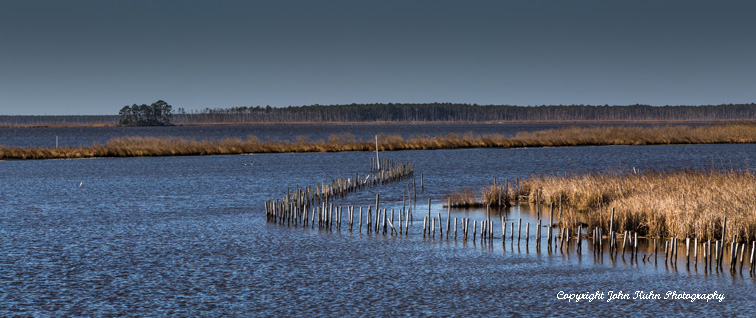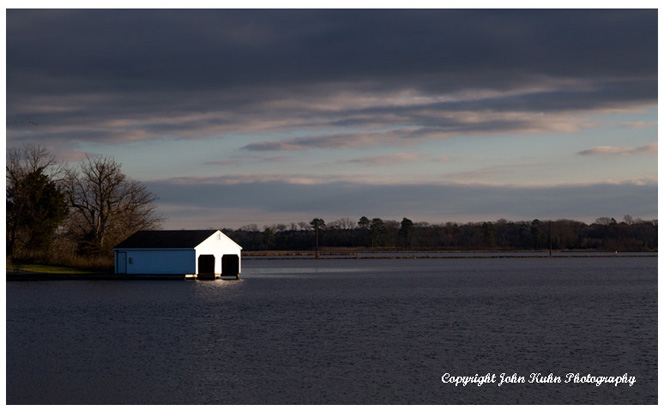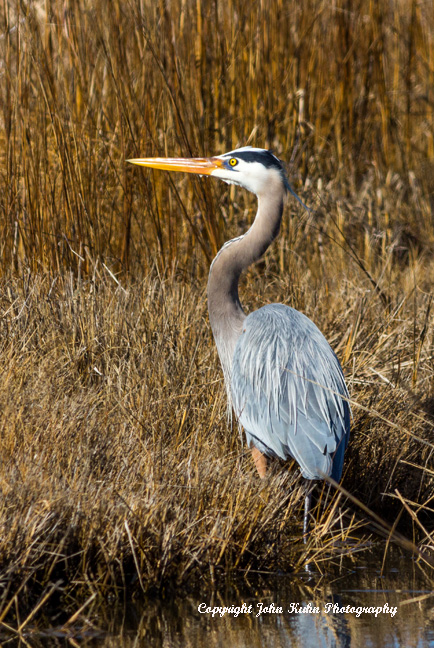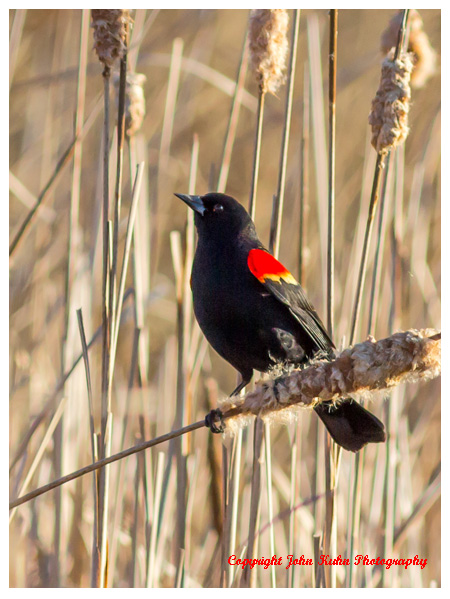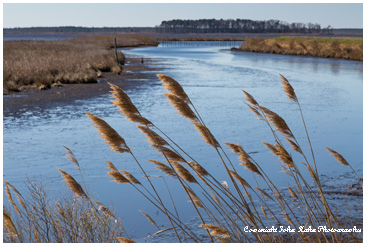Blog Posts
Photographing Birds on Jinks Creek

Great Egrets with Breeding Plumage
For three years running, we have made an annual trip down to Ocean Isle Beach, NC to spend quality time at the beach with our two adult sons. This family time is very important to us as both our sons have professional careers and are very busy with their lives so carving out extended time together can be a bit of a challenge. We have found this annual trip to the beach to be just what the doctor ordered. This year we set our trip up for two weeks and both sons, a spouse, and a girlfriend were able to make it for all or part of the duration. During the day we typically go to the beach and in the evening, we take turns preparing a meal and then usually settle down to some strategy board games, which can become quite competitive. This year in addition to my camera gear, I also took a sketching pad and color pencils and tried to do some sketching each day. I found my daily sketching routine to be very relaxing and usually did this in the morning after eating breakfast. Staying at the same beach house for three consecutive years has given me the opportunity to get to know the area well, find great shooting locations, and to study the feeding patterns of some of the local birds. My day typically consisted of getting up early for either sunrise photography, seascape photography, or bird photography in the morning then try to put the camera away for the rest of the day to spend time with the family. Occasionally I may take a camera with me if we go for a walk in the evening or if we go sightseeing but typically do most of my serious shooting in the morning before everyone else gets up and going for the day.
Within a short walk of our rented beach house is Jinks Creek, which is a small tributary to the Atlantic Ocean. Since the creek dumps directly into the Atlantic Ocean, the water level rises and falls with the tide. During high tide, the birds are typically nesting in the marshy grassy area between the creek and the intra-coastal waterway. During low tide, the birds come out to feed on small fish, shrimp, and anything else they can find in shallow water. In previous years, the birds have been very plentiful, and this year was no exception. When the low tide hits the feeding frenzy begins.
Last year I met someone who was kind enough to offer his dock area to do bird photography. He saw me shooting birds feeding in Jinks Creek at a far distance from the road and said, “Why don’t you go stand on my dock to photograph the birds”. His dock jets out into Jinks Creek where I can get significantly closer to the feeding birds rather than standing back in the public road area. That was an amazingly kind gesture and I took him up on his kind offer. This year he made the same offer to “come over whenever you want” and I again took him up on his offer going over on several occasions.
Jinks Creek is a narrow tributary so from his dock location a 400mm lens is more than enough to reach the other side. This year I used a 100-400mm f/5.6L on my Canon 5D Mark IV, and a 400mm f/5.6L on a Canon 90D and with the crop sensor that was equivalent to 640mm. I had my Canon 1.4 extender in my camera bag but did not find it necessary to use it. I shot both handheld and using my gimbal head mounted on my tripod. In one instance, I had to put the 90D w/400mm aside and grab the 100-400 so I could “zoom out”, as the birds were getting too close. Having the birds get “too close” is a very good problem to have when photographing birds.
I was able to capture, Black Skimmers, Great Egrets, several types of Gulls, Willets, Great Blue Herons, Brown Pelicans, Cormorants, as wells as other smaller birds. It was particularly exciting to watch a pair of Great Egrets, with breeding plumage, hopping around, feeding, and puffing out their plumage trying to impress the locals. It worked on me as well, as I was quite impressed as I was fortunate to get quite a few images of this demonstrative pair. I also enjoyed observing and photographing Black Skimmers. The Black Skimmer is a small to medium sized bird black in color with a bright orange bill with a black tip. The bottom bill protrudes out further than the top and he “skims” along at water with his bottom bill in the water. When he hits a small fish, he snatches it with the top bill. I watched and photographed these amazing birds for hours.
The trip was both relaxing and rewarding. I was able to spend some quality time with the family, was able to really relax and enjoy nature, and I also added some amazing bird images to my portfolio. It was a great two weeks.
Sample images

Black Skimmers

